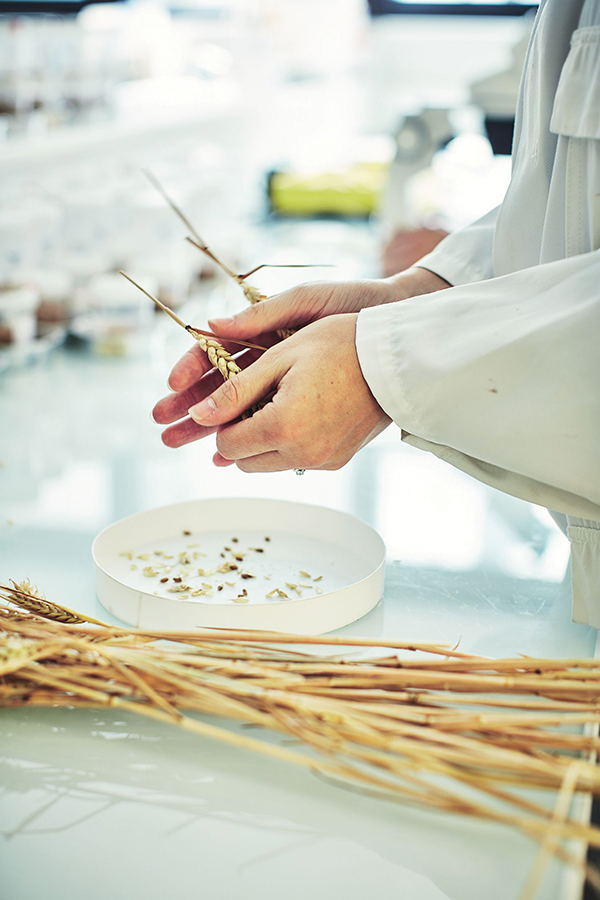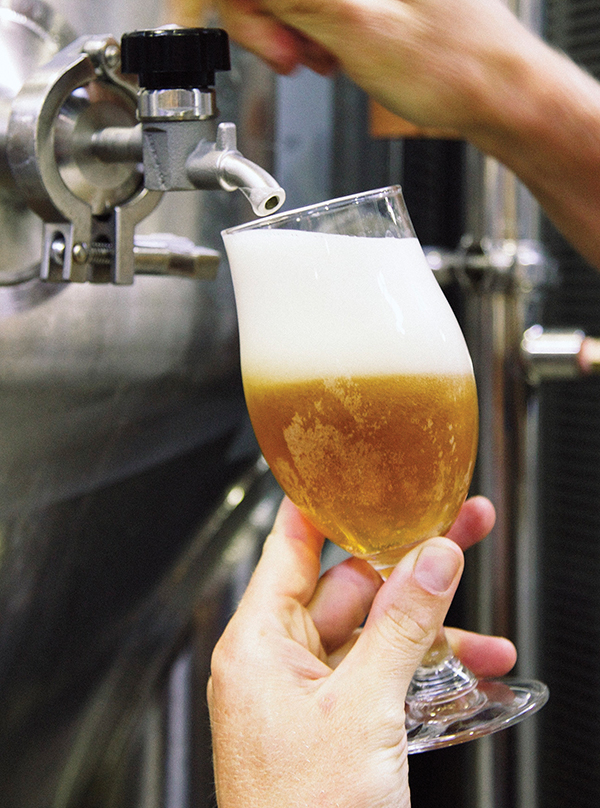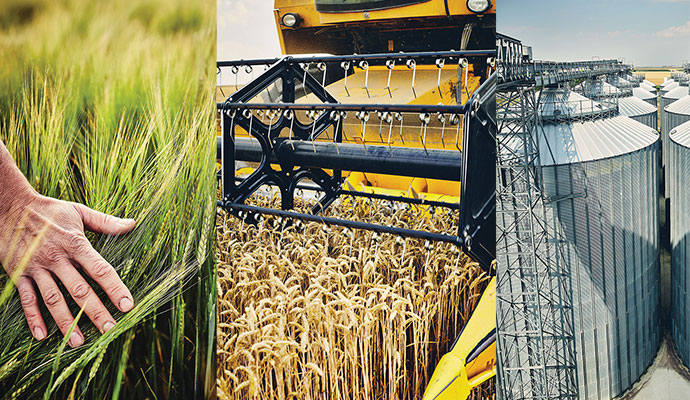It’s the original Champagne of beers.
Created in the Champagne-Ardenne region of northeastern France, Groupe Vivescia today is an international cooperative of 11,000 member farmers whose reach extends across 34 nations and encompasses 7,500 employees. Aiming to do nothing less than control the entire grain value chain, the group’s operations stretch from farming to malting to baking and were responsible for €3.2 billion (US$3.6 billion) in turnover in the most recent fiscal year ended in June 2018.
Among its most active divisions is Malteurop Group, which among other strategies seeks to connect barley producers with the exploding number of craft brewers in the world. But there’s an eating-vs.-drinking issue.
“Overall production of malting barley is decreasing worldwide and is concentrated in certain geographical zones,” says the company. “Barley is in competition with other cereal grains in a context of worldwide demographic growth and increasing needs for cereal grains to feed a population of 9 billion in 2050. One billion additional tons of grains will have to be produced by 2050 to meet nutritional needs.”
At the same time, certain areas seem to be drinking more beer, but not supporting that with their own malting. China is Exhibit A, as the People’s Republic in 2013 consumed 4 million tons of malting barley but produced less than 1 million tons, as policies encouraged growth of corn, rice and wheat instead. Vietnam is another example: People are drinking plenty of beer, but they’re not growing the beer supply chain.
Other countries are in the reverse situation, says Vivescia. Australia only processes 1 million tons of malting barley but produces 3.5 million tons, while the EU processes 9 million tons but produces 11 million tons.
“Imbalances can also exist within a single geographical zone,” the company notes. “In North America, for example, production zones continue to move toward the Northwest, whereas beer consumption zones are concentrated with population — that is, in the southern, eastern, and western parts of the continent.”

Evolution of a Global Supply Chain
As craft brewers in the U.S. alone more than doubled in number between 2013 and 2017 to surpass 6,200 and contribute more than $76 billion to the economy, Malteurop aims to close the gaps between the barley and the beer.
The company’s annual capacity of 2.2 million tons of malt encompasses 14 countries in Europe, North America, Oceania and Asia, with 27 industrial sites and 1,183 employees. A total of 1.5 million tons of malting barley is grown in Europe alone, where Malteurop predecessor cooperative La Providence Agricole opened its first malting plant in the 1960s in Port Colbert in Reims, France.

Expansion into other French sites followed, then the portfolio grew through both acquisition and organic expansion to sites in Spain, Germany, Argentina, China (in 1996), Ukraine and Poland.
A big boost came with the 2008 acquisition of ADM Malting. Plant locations include Great Falls, Montana; Winona, Minnesota; and Milwaukee, Wisconsin, where in 2016 the Malteurop group’s oldest facility celebrated the 150th anniversary of its founding in 1866 in “the city that is the cradle and the historic capital of beer on the North American continent,” Vivescia notes.
Malteurop North America produces basic malts — Pilsen, Pale, Vienna, Munich, and wheat malts — for brewers as well as malts for distillers. It also produces kilned caramel malts, crystal malts, roasted malts and other specialty malts. The division recently invested in a new malting plant in Great Falls, strategically located in one of the most intensive barley growing regions in the United States.
In 2016, the Great Falls Montana Development Authority (GFDA) opened the Great Falls AgriTech Park to provide fully-served heavy industrial sites for food and agricultural processors. The 197-acre park is the region’s first industrial park, and is certified by BNSF.
Great Falls is also one of four Montana cities — along with Joliet, Havre and Ronan — that comprise the Montana Food and Agricultural Development Center (FADC) Network. Barnett Sporkin-Morrison, a former agricultural attaché with the USDA’s Foreign Agricultural Service, was named in January to lead the FADC in Great Falls, where he most recently served as chief economist for AgFertilizers, Inc.
“Montana produces an abundance of high-quality wheat and barley,” Sporkin-Morrison said in taking the helm. “We grow pulse crops, we have low location costs and our governmental entities are supportive of economic development.”
Asia Likes Beer
The ADM acquisition wasn’t Malteurop’s only growth spurt in 2008. The company also built a new plant in Seville, Spain, and acquired Russia’s Belgorsolod. Then, in 2010, it acquired Italy’s Diamalteria, based in Darfo in Lombardy, diversifying into malt extracts and flours for food processors.

The latest footprint growth came with the inauguration in October 2018 of the company’s Geelong site in Melbourne, Australia, expanding to 200,000 metric tons of annual capacity in order to serve the booming Asia Pacific region.
“This region, including China, currently represents more than one-third of the world’s total beer market,” said Malteurop Managing Director Olivier Parent. “This makes Geelong Malteurop’s third biggest regional hub after Vitry, in France [245,000 tons], and Great Falls in North America [220,000 tons]."
“Our location is ideal, both close to malting barley growing regions and the country’s largest deep-water dock, Australia’s main export port,” said Trevor Perryman, managing director of Malteurop Australia & New Zealand, of the site near Port Phillip Bay. “The aim is to export more to our current markets — Thailand, Vietnam, South Korea, and Cambodia — and go for new markets like Laos and India."

